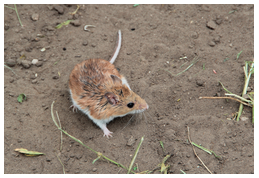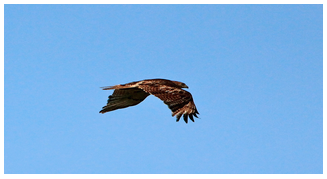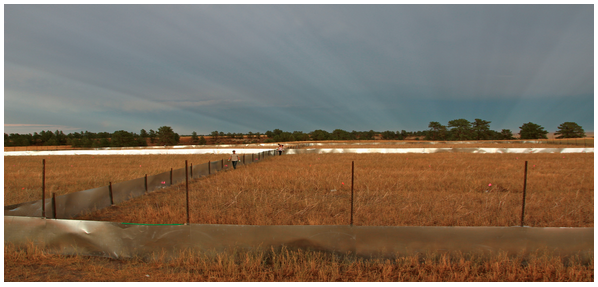Genome-wide consequences of natural selection


Peromyscus maniculatus shows extreme variation in coat color that is thought to be driven by selection for crypsis against avian predation. In particular, mice inhabiting the Sand Hills region of Nebraska have very light pigmentation that matches the quartz sand substrate. We have constructed a number of large field enclosures on the extremes of substrate color found in this region and colonized them with genotyped wild mice. Aside from barriers preventing migration of the introduced mice, these enclosures are natural environments subject to normal predation pressure from birds, thus enabling estimation of selection on genes affecting pigmentation (and other traits!) across the genome.
We use next generation sequencing and accompanying computational tools to identify genetic variation at unprecedented numbers of loci in very large population samples. By determining the fitness consequences of genome-wide variation in a relevant ecological context, this work will improve our understanding of the ultimate and proximate mechanisms allowing adaptation.

